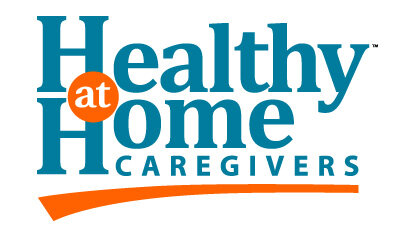Home Care at a Glance
There are a lot of different options out there regarding home care and it’s not always easy to understand the difference between them all, especially considering the ways the different types of care overlap. To make it a bit easier on those searching for home care we’ve put together a quick guide to help you get closer to the care that might be the best fit for you.
Companion Care and Elder Care
Sometimes you only need a little help around the house for your loved one. Someone to be there in case they get lonely or fall, to help with light housekeeping and chores, or even to run errands or meal prep. Though the main goal of companion care is to socialize and provide your loved one with emotional support a caregiver can provide much more and still fall under companion care or elder care.
Alzheimer and Dementia Care
Though memory care and companion care can go hand in hand they’re not always the same; Oftentimes a caregiver performing dementia care for a client is already covering companion care as well. One of the biggest parts of care for those with dementia and Alzheimer’s that isn’t always the case with companion care is the relief that a caregiver provides for the client’s family. When a loved one begins to suffer from memory loss and needs a little extra care there is often a primary caregiver within the family, but that level of care can cause a mental and emotional strain for them. That is where a dementia caregiver comes in, relieving the primary caregiver for a while so that they can take a break and take care of themselves.
Palliative Care
Palliative care often begins with the diagnosis of a serious illness, but it can start any time after as well. The goal of caregivers providing palliative care is symptom management and to help relieve the physical and mental stress that is associated with a heavy diagnosis. Clients pursuing palliative care are not always diagnosed with a terminal illness, sometimes the diagnosis is something that limits the client from their typical life activities.
Hospice
Though hospice is similar to palliative care, there are still important differences. Hospice eligibility relies on a client’s physician confirming that the client is nearing the end of their life, typically about six months if their illness runs its natural course. The goal of hospice is to provide clients with a compassionate team of doctors and caregivers that are able to help clients manage the symptoms of their illness and ensure they have dignity and comfort in the last months of their life.
Post-Surgical Care
Post-surgical care, or postoperative care, is the care that is received after a client has had a recent operation and needs care during the recovery process. This care typically begins immediately after the surgery and lasts as long as the client needs. Post-surgical care varies depending on the nature of the surgery received and the client’s medical history, both things that can affect the things that a postop caregiver might need too do for the client, and will often include things like pain management and wound care. A caregiver providing post-surgical care might also be a companion, do light housekeeping, meal prep, or run errands for a client.

